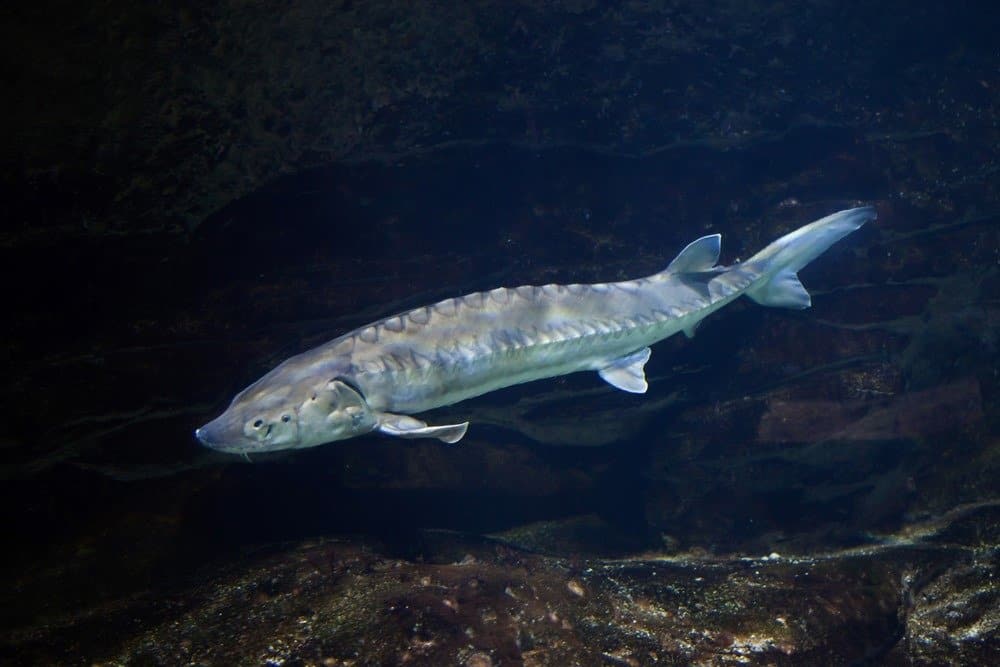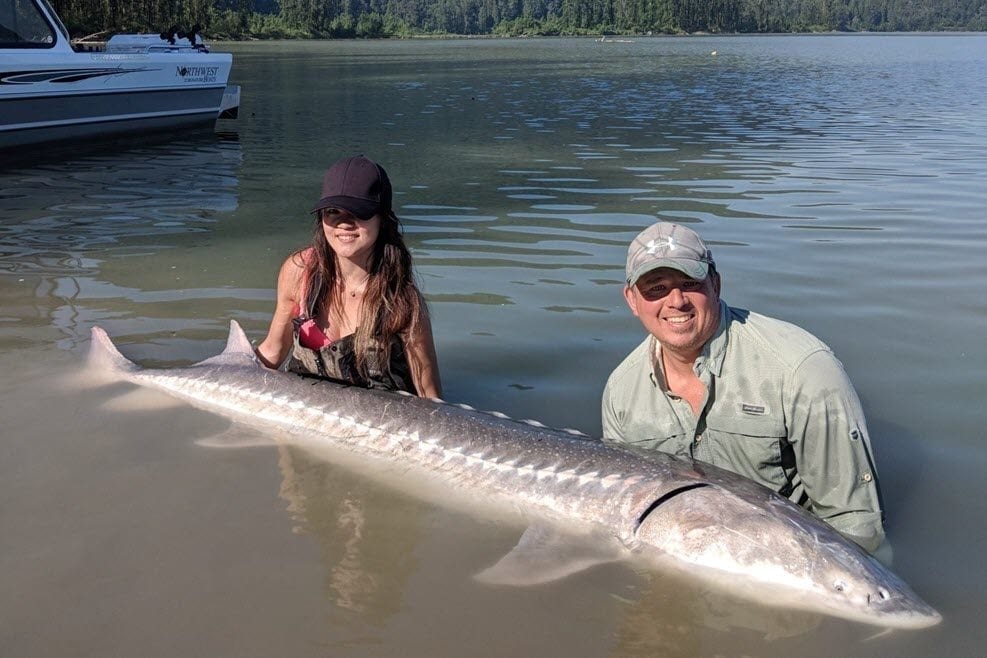

There are now bans on commercial fishing and strict catch limits in place for recreational fishing for sturgeon, which are starting to show signs of recovery, Fischer said. Since then, other pressures, such as pollution, have decreased the life expectancy of the sturgeon, which makes the size of this particular fish even more impressive, Chiotti said. Female lay anywhere from two to three million eggs per season. "About 120 years ago, there was a very strong commercial fishery for sturgeon across the U.S.," Justin Chiotti, a fish biologist at the AFWCO who was not involved in catching the sturgeon, told Live Science. Lake sturgeon migrate to shores of freshwater lakes in early summer for spawning. However, one of the main factors was historic overfishing. There are a number of reasons for this, including toxic pollution in waterways and the construction of dams and flood-control measures that impact their ability to travel upstream to their spawning grounds. Lake sturgeon are currently listed as threatened in 19 of the 20 states they are found in, including Michigan, according to the USFWS. "They are a large, charismatic fish, and a lot of people enjoy seeing them and knowing they are out there," Fischer said. These may be easy to locate, like Acorns, Coal, or White Algae, or they may be rarer, such as Dried. The fish will ask you to bring them a particular item or items. The best part about musselsaside from their nutritional contentis they’re easy to cook and you can flavor them in a million different ways, says Appel. Quests will only spawn when a Fish Pond is at maximum capacity. Rich in iron, selenium, and vitamin B12 and a good source of zinc, mussels are also low in calories and fat yet high in omega-3s. Lake sturgeon are also very popular among local residents of the Detroit River area. Every so often, the fish in your Fish Ponds will give you a quest, noted by an exclamation mark symbol over the pond. Related: Photos: The freakiest-looking fish on the planet They catch their prey via suction feeding - by sucking down large amounts of prey-filled water and sediment - and as a result, they do not have any teeth. Sturgeon are bottom-feeders and spend most of their time at the bottoms of rivers and lakes, where they feed on insects, worms, snails, crayfish and small fish. These characteristics, combined with their large size, give the fish their monstrous appearance but they are actually completely harmless to humans. Sturgeon look very similar to their prehistoric ancestors and have a distinct shark-like tail and rows of armored plates called “scutes” for protection. Males can live for 50 to 60 years, but the females are believed to have life spans that exceed 100 years, and as a result they can grow to be much larger, according to the USFWS.

Lake sturgeon ( Acipenser fulvescens) are found in freshwater systems across the U.S., from the Hudson Bay to the Mississippi River.


 0 kommentar(er)
0 kommentar(er)
